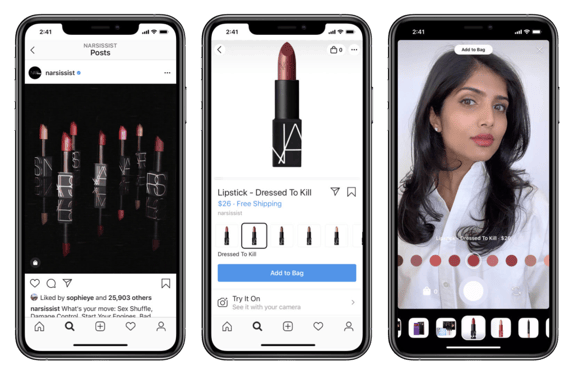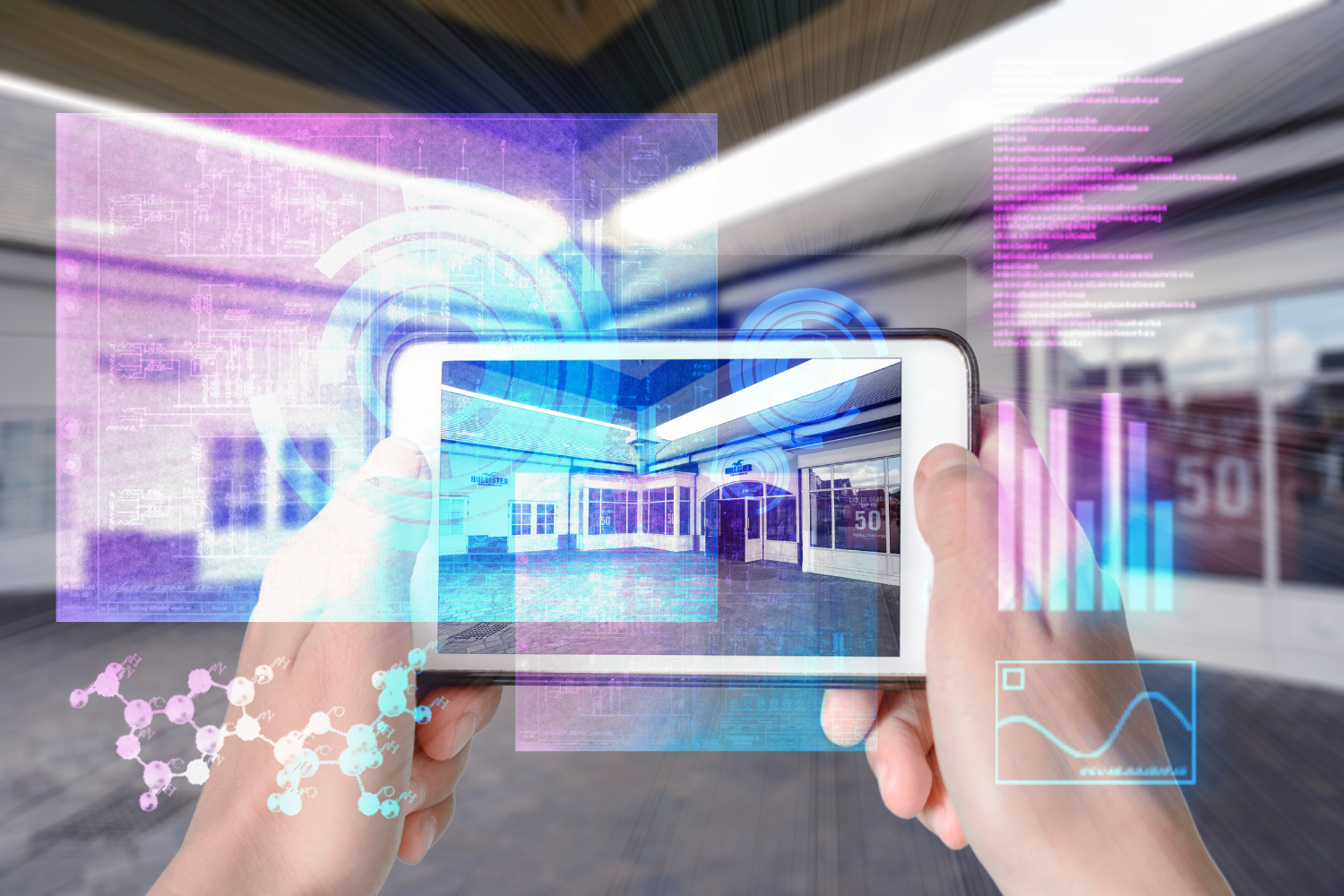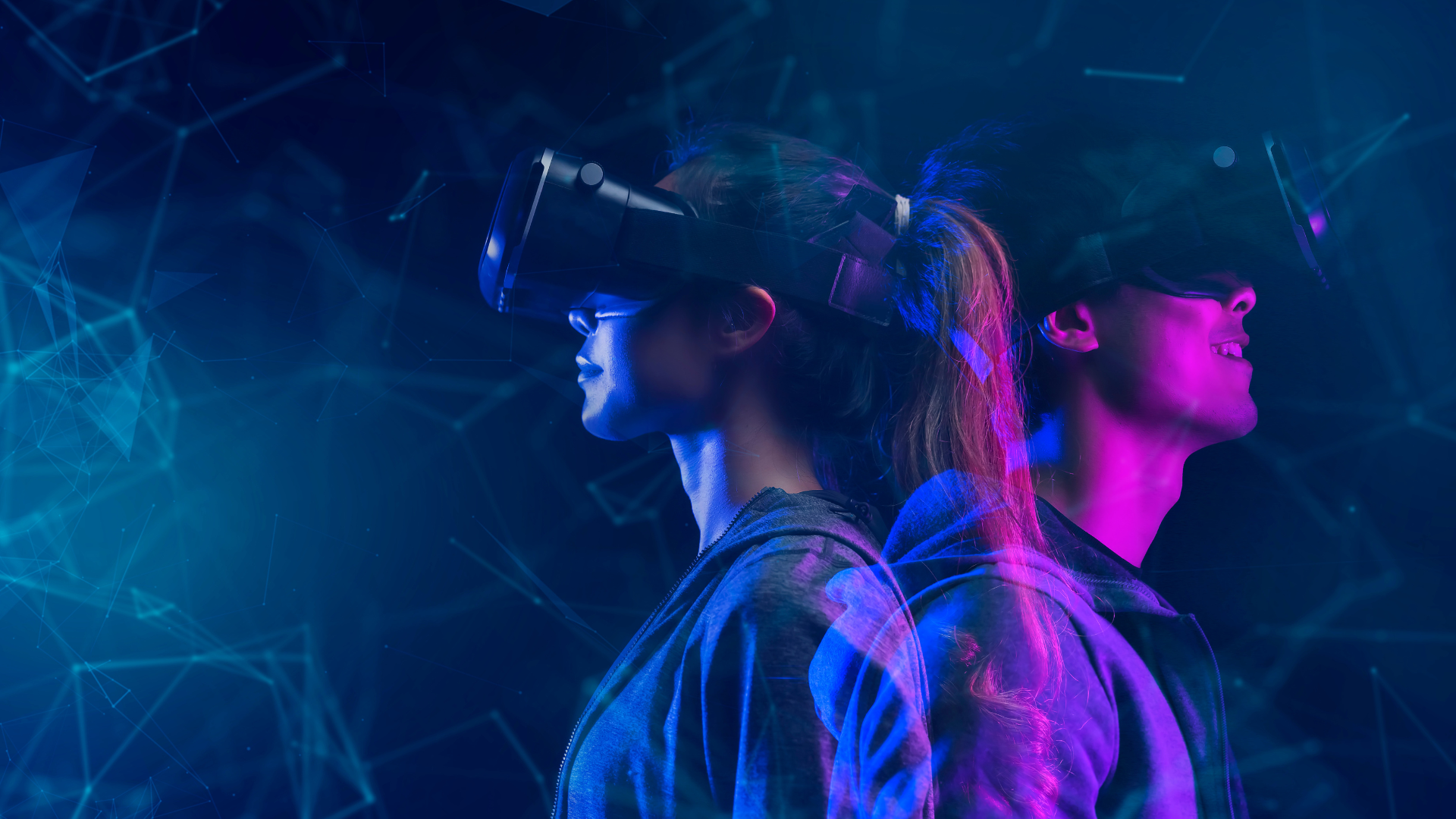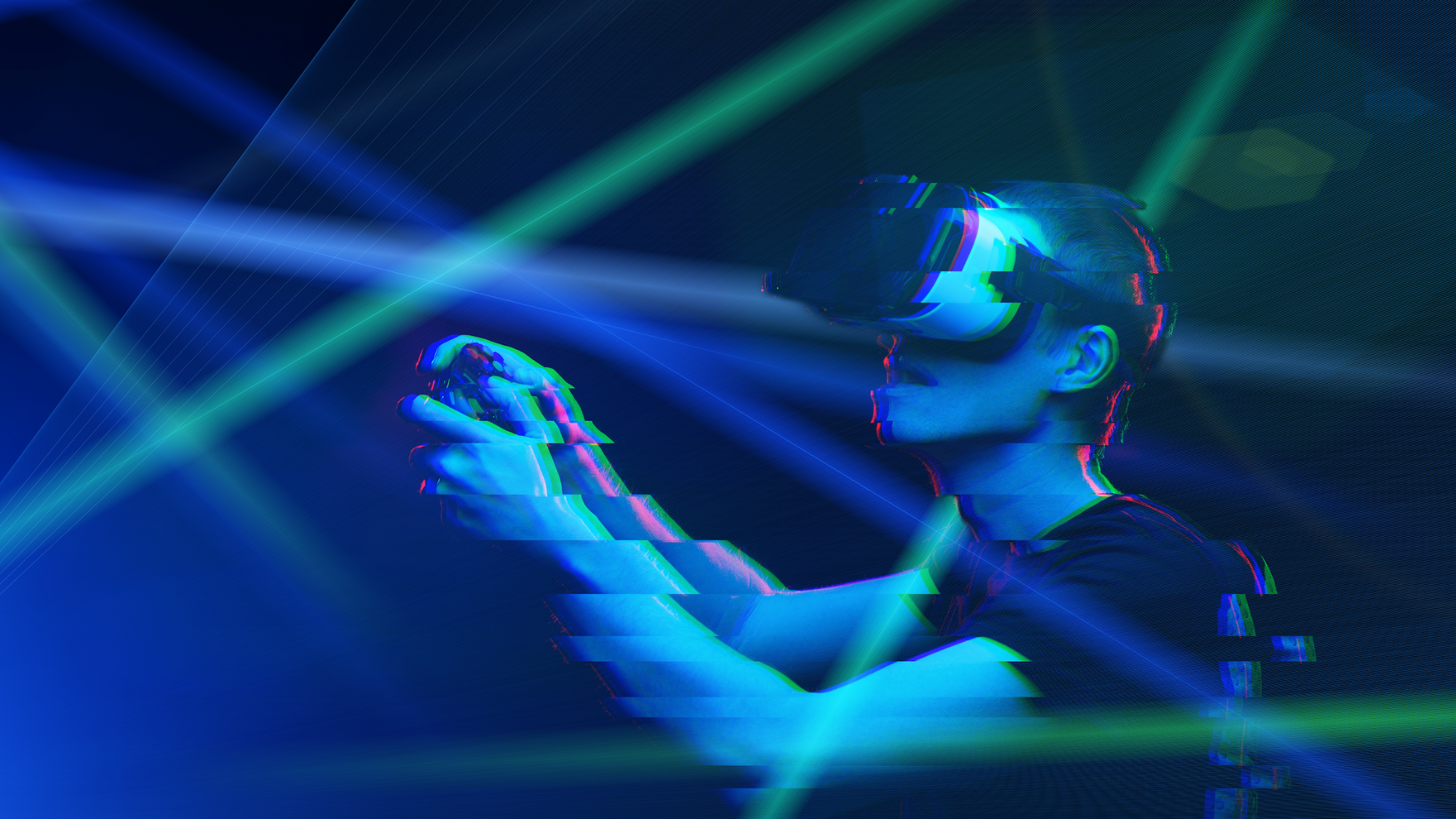In continuation of my blog series on Evaluating Immersive Technologies, today we’ll cover the limitations of Augmented Reality (AR). If you have not yet read about the limitations of VR, check it out.
Understanding Augmented Reality
AR technology overlays digital information in the real world, enhancing the user’s perception and understanding of their environment. AR technology overlays digital information in the real world, typically using a smartphone or tablet camera. AR technology has been around for several years, but the development of headwear is still ongoing in the market. AR allows users to interact with virtual objects in the real world, providing unique educational, marketing, and gaming opportunities. AR technology currently struggles with accurate object tracking and can sometimes have issues with occlusion, where virtual objects disappear behind real-world objects. AR also requires powerful hardware and software, which can be expensive.
Who is Using Augmented Reality?
Many organizations are finding success with AR in their business operations, marketing, retail, and more. Some of the best use cases of augmented reality include:
- Product Try-On: Companies such as IKEA, NARS, Sephora, Amazon, and more are utilizing AR to allow customers to preview products before purchasing.
- Training & Education: AR can be used to provide hands-on learning experiences, allowing users to interact with and learn from virtual objects.
- Gaming & Entertainment: Pokemon Go, Ingress, and many other mobile games have showcased the growing popularity of augmented reality on a global scale.
- Navigation & Wayfinding: AR can be used to provide real-time directions and information, enhancing navigation and wayfinding in unfamiliar environments.

Augmented Reality Limitations
AR technology has limitations that can affect the accuracy and stability of virtual objects overlaid in the real-world environment. The quality of the camera used to capture the real-world environment can significantly impact the quality of the AR experience. The quality of the camera can affect the accuracy and stability of the virtual objects. Additionally, the limited field of view of current AR devices can create a jarring experience for users.
Object Tracking
Moreover, AR technology currently struggles with accurate object tracking and can sometimes have issues with occlusion, where virtual objects disappear behind real-world objects. This can be a significant problem when attempting to create a seamless integration between the virtual and real worlds. Occlusion can also affect the user’s perception of virtual objects and reduce the effectiveness of the AR experience.
Additional Considerations for Augmented Reality
Although there are many benefits to enterprise augmented reality use, some may choose to consider the following scenarios before implementing new technology in their organization:
- Distraction: AR applications can be distracting and cause users to lose focus on their surroundings, leading to accidents or injuries.
- User interface: The AR system interface can cause confusion and frustration.
- Limited field of view: Some AR systems have a limited field of view, which can reduce immersion, decrease depth perception, and affect spatial awareness.
- Battery life: AR applications can be power-intensive and drain the battery of mobile devices quickly.
- Availability: Limited hardware availability for see-through head-mounted devices.
- Limited immersion: AR overlays virtual objects in the real world, but the experience may not feel as immersive as other immersive technologies.
- Limited content: AR content is still relatively limited compared to other immersive technologies.
- Cognitive workload: AR can also increase cognitive workload due to the need to process both the real-world environment and the augmented information. Users may need to quickly switch their attention between the two, which can be mentally demanding. The need to interpret and understand the meaning of the augmented information can also add to the cognitive workload.
Industry Considerations for Implementing Augmented Reality Solutions
Despite these limitations, AR technology has great potential in education, marketing, and gaming applications, especially when it is important to interact with the real-world environment.
AR may not be the best option for applications that require high levels of precision and accuracy, such as medical procedures or industrial manufacturing, where even a small deviation can have significant consequences.
AR technology is not ideal for applications that require complete immersion in a virtual environment, such as training simulations that require users to be completely focused on a computer-generated environment. Additionally, the limited field of view of current AR devices can create a jarring experience for users, making it unsuitable for applications where a broad field of view is necessary.
As technology continues to improve and become more widely available, these limitations are likely to become less significant, and the potential benefits of AR technology may be realized.
Explore Your Options with Enterprise Augmented Reality
When implementing any of these technologies, it’s important to always include a human factors engineer with expertise in cognitive analysis and ergonomics of the technology being implemented. Contact us to learn more about our augmented reality training enterprise solutions and how the future of technology can create measurable results in your team’s performance.
Stay tuned for the next post where I will explore the limitations of Mixed Reality and follow me on LinkedIn.





